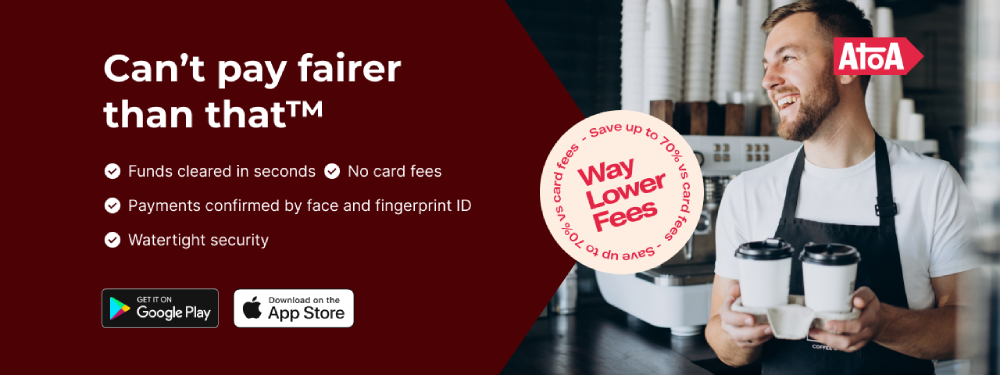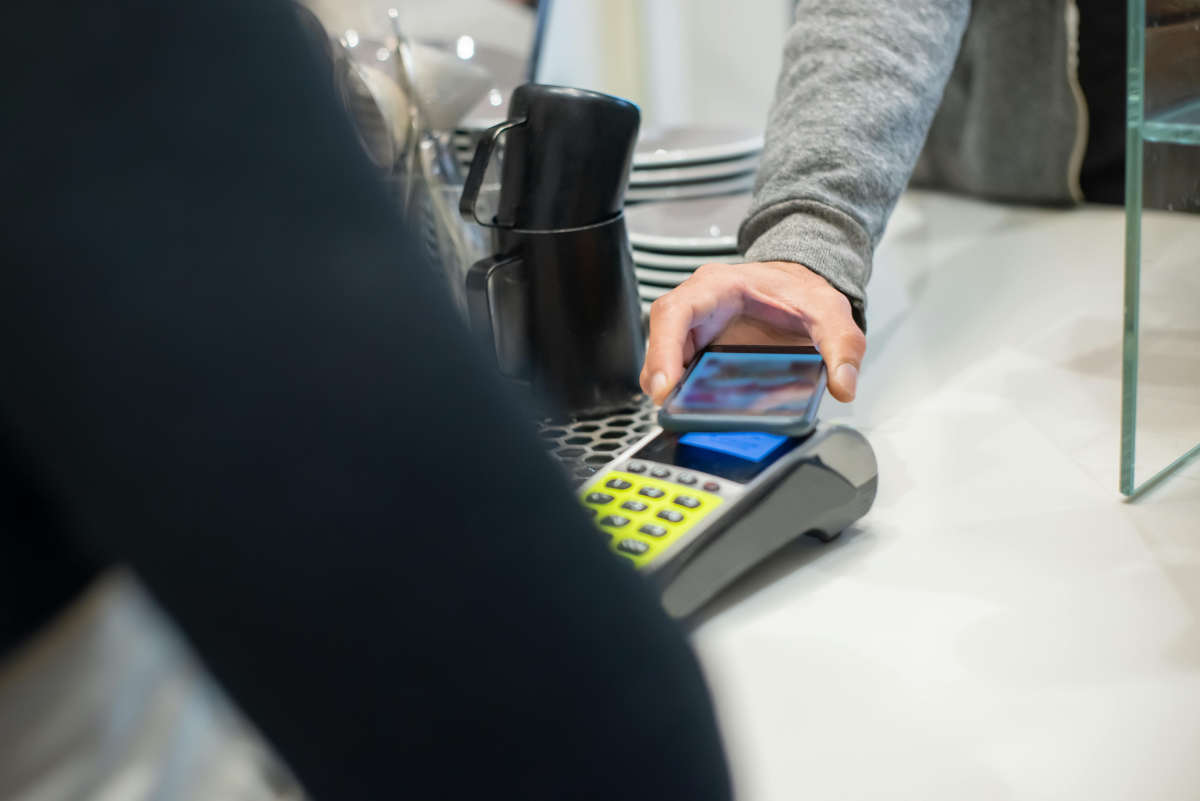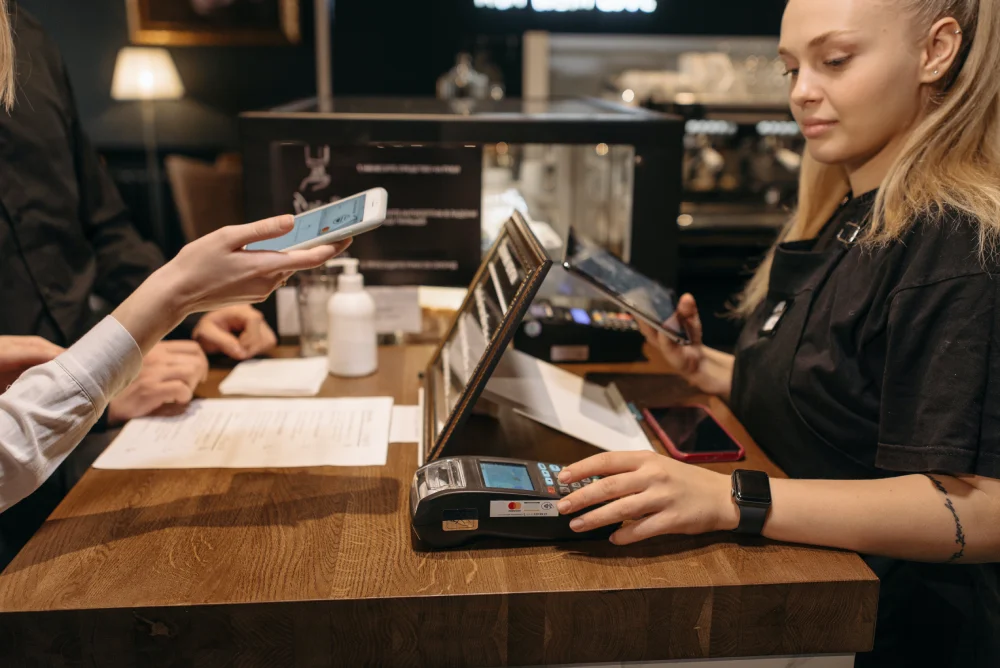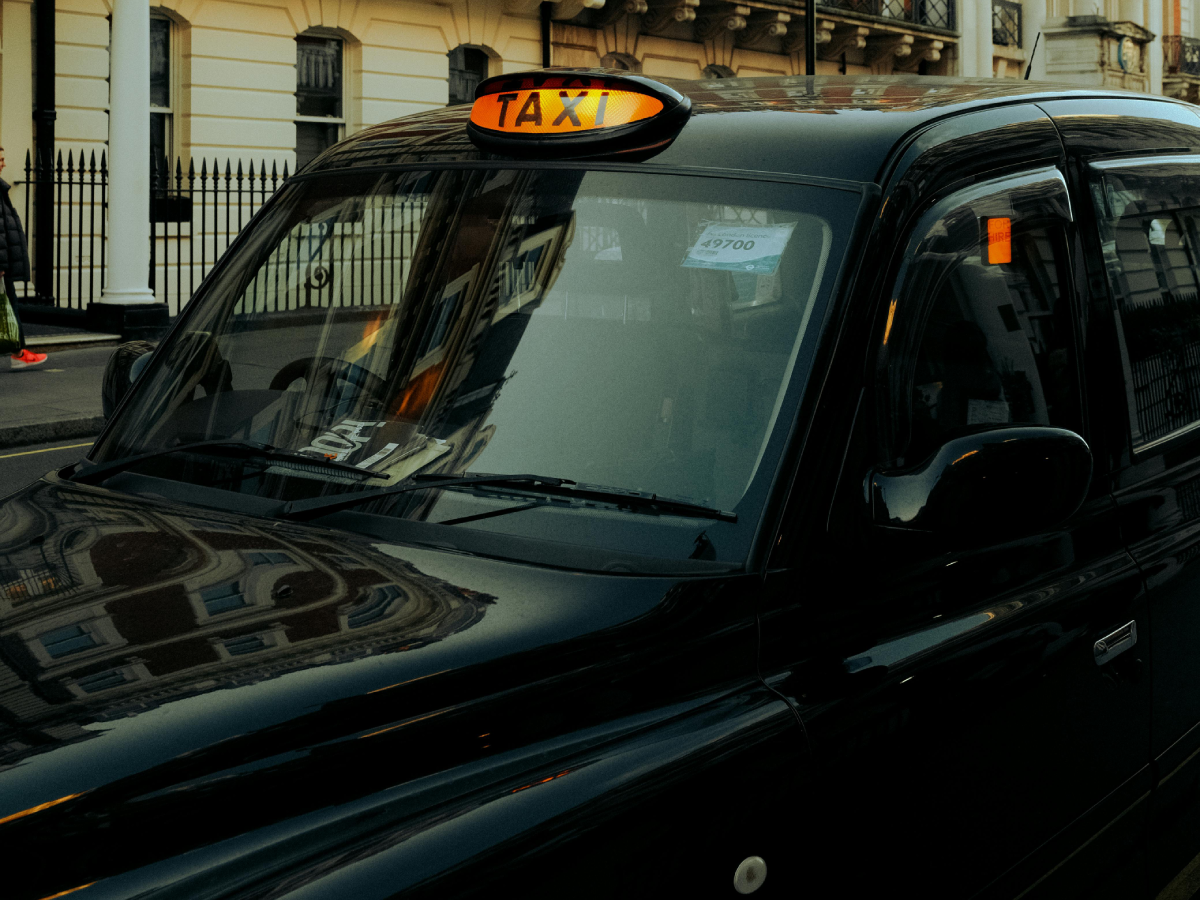Ready to get started?
Get paid faster and save up to 50% on fees with Pay by Bank.
Think of a digital wallet as it is – a virtual money holder for debit, credit, and loyalty cards. It stores payment information on your phone, making shopping online or in-store with your device easy. The concept is simple. When a customer makes a purchase, the wallet sends a payment to the merchant, sparing the hassle of carrying physical cards or cash around. Business or consumer – they’ll quickly become your contactless payment tech BFF.
Whether you’re wondering how to use a digital wallet for secure online shopping or want to find a solution for your UK business – this article aims to dissect digital wallets in under 10 minutes. Hopefully, it will equip you with everything there is to know about handy online and smartphone wallets.
What you can learn from this article:
- An introduction to digital payments and trends in the UK
- The different types of digital wallets and how they compare to traditional methods
- Digital payment success stories
- How these innovative payments can help your business
But first, why choose digital wallets?
Digital payment trends in the UK
Digital payments are all cashless online or offline payments without banknotes or coins. Food for thought: around £259 billion of digital transactions were made in the UK during 2022. Zoom in a little further; digital wallets made over a third (35%) of these online purchases—a shift fueled by demand for faster and more accessible transactions as e-commerce continues to boom. Online buyers expect a variety of streamlined payment methods that match how easy it is to cart goods. So, why do consumers love digital wallets?
What is a digital wallet?
First, let’s outline exactly what these virtual wallets are. An e-wallet, or electronic wallet, is a software application that stores payment information, such as credit and debit card details. These handy apps offer a secure and flexible payment method to finetune online and offline transactions. In the simplest form, they facilitate digital payments. But at their wildest, they let customers tap into faster checkouts, loyalty rewards, and personalised offers.
Types of digital wallets
Physical wallets come in many different shapes, sizes and materials—often acting as an extension of your personality! However, there are only two categories of digital wallets and a handful of providers, making them much easier to choose from.
Mobile wallets make contactless payments at physical stores on smartphones using near-field communication (NFC) technology. The most popular choice for consumers in 2023 is Apple Pay, followed by Google Pay.
Designed for online payments, you’ll find online wallets at e-commerce checkouts and bill payments, accessing them through web browsers or dedicated apps. PayPal is a leading example of this type.
Electronic wallets vs traditional payments
Paying digitally removes the need to carry cards or cash, making it easier and quicker to make payments. Instead, use them for quick online purchases, in-store payments, buy now pay later (BNPL) services, and peer-to-peer transfers. Every chance you might pick up a few extra rewards and savings on the way, too…
So, let’s compare them…
It’s time to boil it right down on a handy table! Keep reading for more insight into how digital and traditional payments match up.
| Feature | Digital wallets | Traditional payments – cash, cards |
|---|---|---|
| Security | Biometric scans, tokenisation, encryption, two-factor authentication | Cash can be lost, stolen or miscounted Contactless cards can fall into unauthorised use |
| Convenience | One-click or quick-tap payments No need to carry around cash, cards or wallets | Bank branches and cash machines are disappearing, making cash withdrawals and processing challenging |
| Flexibility | Wide range of transaction types, including online, in-store, and peer-to-peer | Limited to in-person transactions or certain platforms |
| Speed | Fast checkout with one-click purchases, saved card and shipping details | You can’t pay online with cash! |
| Cost | Depending on your provider, fees can be lower | Credit card processing can be very expensive Cash means you’re relying on bank branches |
| Loyalty and rewards | Personalised based on digital purchase history Automatic tracking of loyalty points and rewards | Limited or no access to personalised offers Requires carrying loyalty cards and tracking rewards manually |
| Using rewards | Redeem rewards directly from your digital wallet | Manual rewards through codes or paper coupons |
| Benefits for customers | Convenient and easy shopping, tailored rewards and savings, personalised offers | Less convenient, limited additional features, no loyalty points if you forget your physical cards |
| Benefits for merchants | Increased customer engagement, valuable customer data insights, reduced costs, return visits and loyalty | Limited impact on customer engagement, limited data insights, increased costs |
| Wider impact | Better pricing for customers, better service from merchants, and an improved shopping experience | Business is less likely to develop and grow – meaning experience can be hampered and dated |
How UK businesses use digital payments
Exploring how businesses in the UK use digital wallets can help make sense of how they work. If you ride the London Underground or buses to work, you’re likely using these intuitive payments daily. But why do they matter?
Transport for London – tap in, tap out
Transport for London (TfL) is the Big Smoke’s public transport authority. An early adopter, TfL introduced the pre-loaded Oyster card and has been accepting digital wallet payments for contactless travel since 2014. “Tapping in and out” has seen an increase in contactless journeys made with debit cards and mobile wallets, improving the customer travel experience. Multiple journeys are also recorded so that travel is capped at the maximum daily fare, allowing for cost-effective travel.
Starbucks – collect rewards as you pay
Starbucks, the global coffeehouse chain, has accepted digital wallet payments in the UK since 2015. The company has now created a Starbucks Card for customers to pre-pay for coffee exclusively in their stores and collect rewards. They recently removed Apple Wallet integrations to push users towards their own tailored service. Who knows whether this will set a precedent for other brands attempting to dismantle Apple’s digital dominance?
Digital payment trends and strategies to consider
Digital payments move fast. Technology advances quickly, opening avenues to new payment experiences, mainly thanks to increased smartphone use and customers’ desire for convenience. Staying ahead of the curve is important and ensures you’re always providing the most suited methods for your business. Here’s a handy checklist that includes what we see as some of the most important digital payment trends and strategies for 2024.
Biometric authentication is leading the way in digital payment security. Fingerprint and facial recognition are more seamless and secure alternatives to traditional PINs and passwords. The customer’s unique identity is confirmed, removing the risk of chargeback. This method is gaining traction, and we expect it to keep growing.
Finetune your payments and make them omnichannel. Supercharge your sales by offering a range of payment methods, from traditional cards to QR codes and mobile wallets. Integrate them across all online, in-store, and mobile channels to increase customer satisfaction and drive sales.
Open banking is a new approach to financial services that allows third-party providers to access and share customer financial data with their consent. This technology opens doors to fine-tuned digital solutions, such as account-to-account payments. Collaborating with fintech partners in this space, like Atoa, can accelerate your digital payments transformation and gain a competitive edge.
Stay informed. Keeping up-to-date with new digital developments and evolving payment methods can help keep you ahead of the competition and save your business time and money.
The takeaway
These innovative payment solutions offer a wealth of benefits for UK businesses. From enhancing customer experience to streamlining transactions, digital wallets are changing how we make and take payments.
If you’re a UK business owner, there’s no better time to embrace this technology. Adopting digital wallets puts your business ahead of the game while providing customers with the seamless and secure payments they crave.
Here are a few key takeaways to remember:
- Digital wallets offer a convenient, secure, and flexible payment method for online and offline transactions.
- By adopting digital wallets, UK businesses can enhance customer experience, increase security, and streamline transactions for faster payments and increased sales.
- The digital payments landscape is always changing. Merchants can stay ahead of the curve by offering various payment options, embracing omnichannel payments, and putting security first.
So, what are you waiting for? Take the plunge into digital wallets and unlock a new era of payments for your UK business. The future of payments is here, and it’s time to embrace it.




